Posts
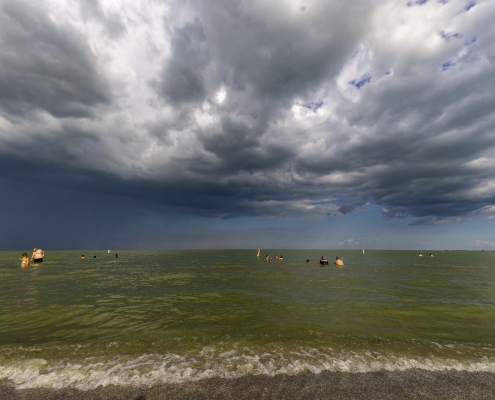
Lake Erie’s Failed Algae Strategy Hurts Poor Communities the Most
0 Comments
/
Algae blooms are hiking the cost of water for people already struggling to pay their bills.

In A Year of Water Quality Reckoning, National Imperative is Impeded
Law and policy treat farms as special class of polluter.
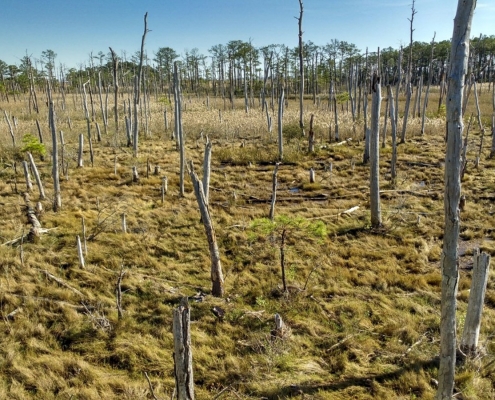
Dead Tree Standing: Saltwater Threatens Coastal Forests and Ecosystem Services
As sea levels rise, ghost forests expand.
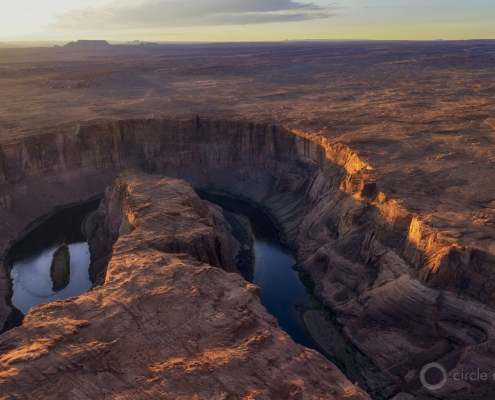
Dry: A Weekly Western Drought Digest — September 13, 2022
Reclamation announces Utah’s Flaming Gorge Reservoir stores enough water for only two more emergency releases.
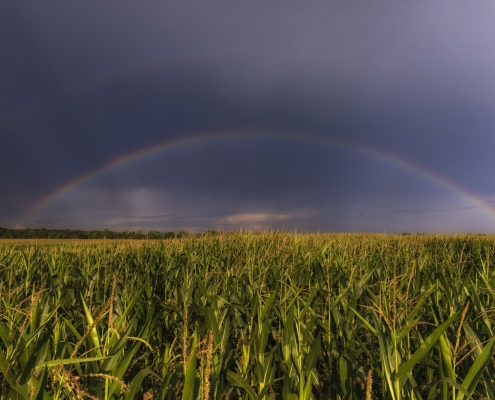
Farms in Six Southeast Michigan Counties Are Major Sources of Lake Erie Toxic Blooms
Water sampling finds no reduction in bloom-producing nutrients.
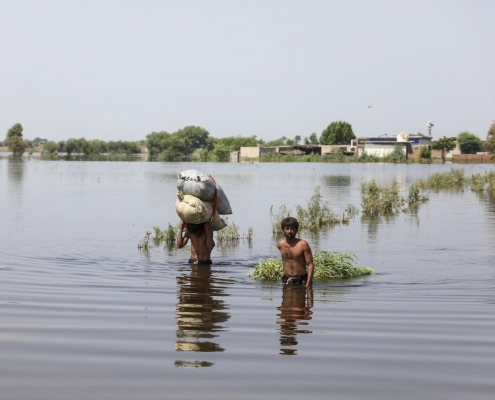
HotSpots H2O: As Floods Subside, Pakistan’s Economy Is on a Knife-Edge
Monsoon rains arrive as the country battles a financial crisis.
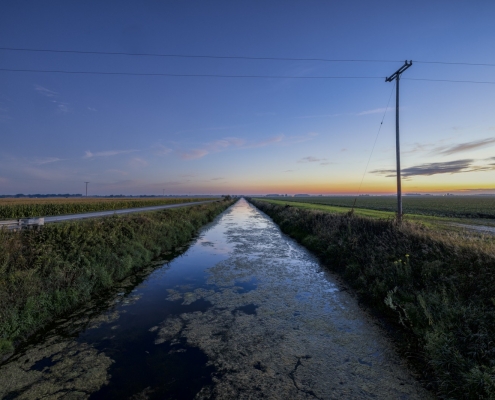
Danger Looms Where Toxic Algae Blooms
Billions spent on strategies to limit nutrient pollution that don’t work.

Perspective | Water Payment Systems Should Not Be One-Size-Fits-All
For equitable access, water utilities need new revenue collection models.

Dry: A Weekly Western Drought Digest — August 30, 2022
Utah’s proposed Lake Powell pipeline struggles to make progress amid declining water levels and drought conditions.
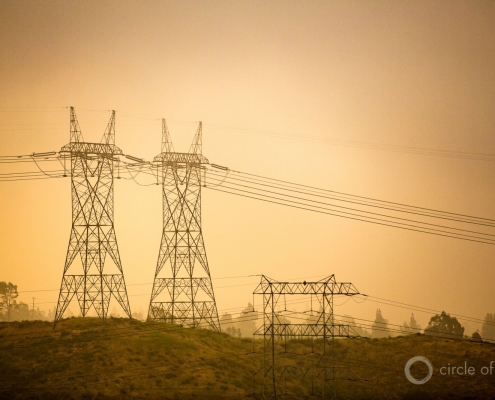
Q&A: Do We Have to Choose Between Speedy Development and Environment?
Environmental review is under scrutiny on Capitol Hill. Here’s what a NEPA expert thinks policymakers should keep in mind.
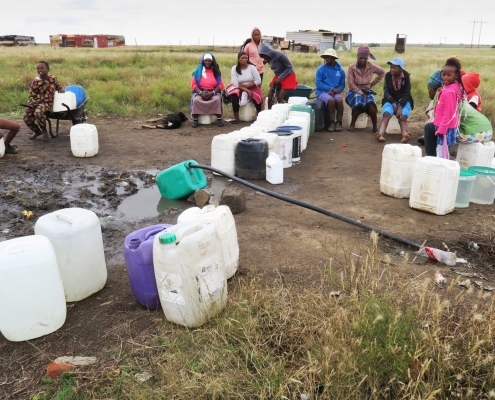
Living in a ‘Critical State’: The Price of a South African Town’s Dirty Water
In Winberg, residents have to boil their water or risk falling ill.

Dry: A Weekly Western Drought Digest — August 23, 2022
The Gila River Indian Community pulls out of a water conservation agreement due to little progress on basin-wide water cuts.


